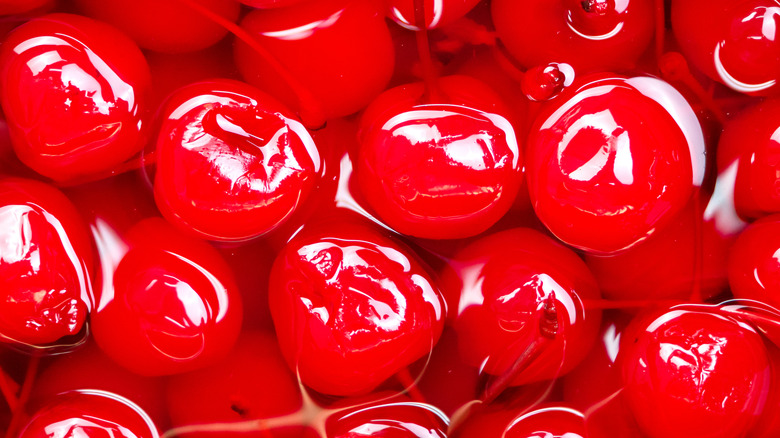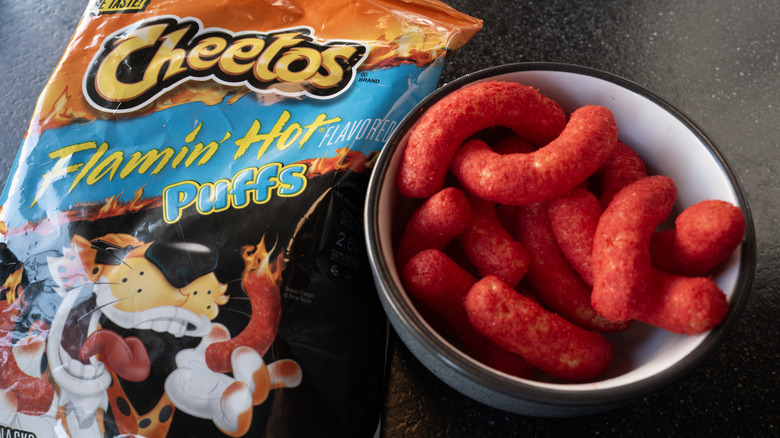Red Dye No. 3 Vs Red Dye No. 40: What's The Actual Difference?
As of January 15, 2025, red dye No. 3 is officially banned in the United States. This decision was made by the Food and Drug Administration (FDA) after testing linked the chemical to cancer growth in animals. The announcement has raised concerns about the safety of other food dyes, including the widely used red dye No. 40.
Both red dye No. 3, also known as erythrosine, and red dye No. 40, or Allura Red, are synthetic color additives derived from petroleum. These chemical substances provide foods with a vibrant red color that has been shown to make certain foods more appealing to eat. However, the two dyes are not exactly the same.
Allura Red is made from a different chemical than erythrosine, and did not arrive on the food scene until 1970, over 60 years after the now-banned erythrosine was introduced. Allura Red is currently certified by the FDA as a safe-to-consume color additive, and is commonly found in snack foods and beverages like chips, candy, and sports drinks, where it provides an eye-catching, dark red hue.
At the time of publication, red dye No. 40 has not been proven to cause health problems such as cancer, although people with allergies or sensitivities to food dyes have been known to experience allergic reactions after consuming it. Many experts believe more research is needed to determine if any synthetic food additive, including Allura Red, is ultimately doing more harm than good when added to foods.
The use of food dyes is controversial
The FDA's decision to ban red dye No. 3 is not the first time an artificial food dye has been deemed toxic. Red dye No. 2 was banned in 1976 after it was linked to cancer in lab rats. The removal of this toxic dye actually led to the creation of blue raspberry-flavored products, as manufacturers sought a way to pivot to a non-toxic color additive.
Of all the artificial food colorings created over the years, only three color additives — red dye No. 40, yellow dye No. 5, and yellow dye No. 6 — account for 90% of the food dye found in products on shelves in the United States (per the Center for Science in the Public Interest). While these dyes and several others are considered food-safe, many consumers are becoming increasingly wary of consuming foods containing artificial colors. Certain studies have found links between large quantities of food dye and increased hyperactivity in children. Additionally, low levels of carcinogens like benzidine are present in some popular dyes, though not in amounts considered significant enough to pose major health concerns.
With all the potentially dangerous chemicals found in many food dyes, concerns are growing over whether any synthetic color additive is truly safe to consume. If you want to eliminate food dyes from your diet, carefully read product labels and steer clear of foods that are unnaturally vibrant in color.


